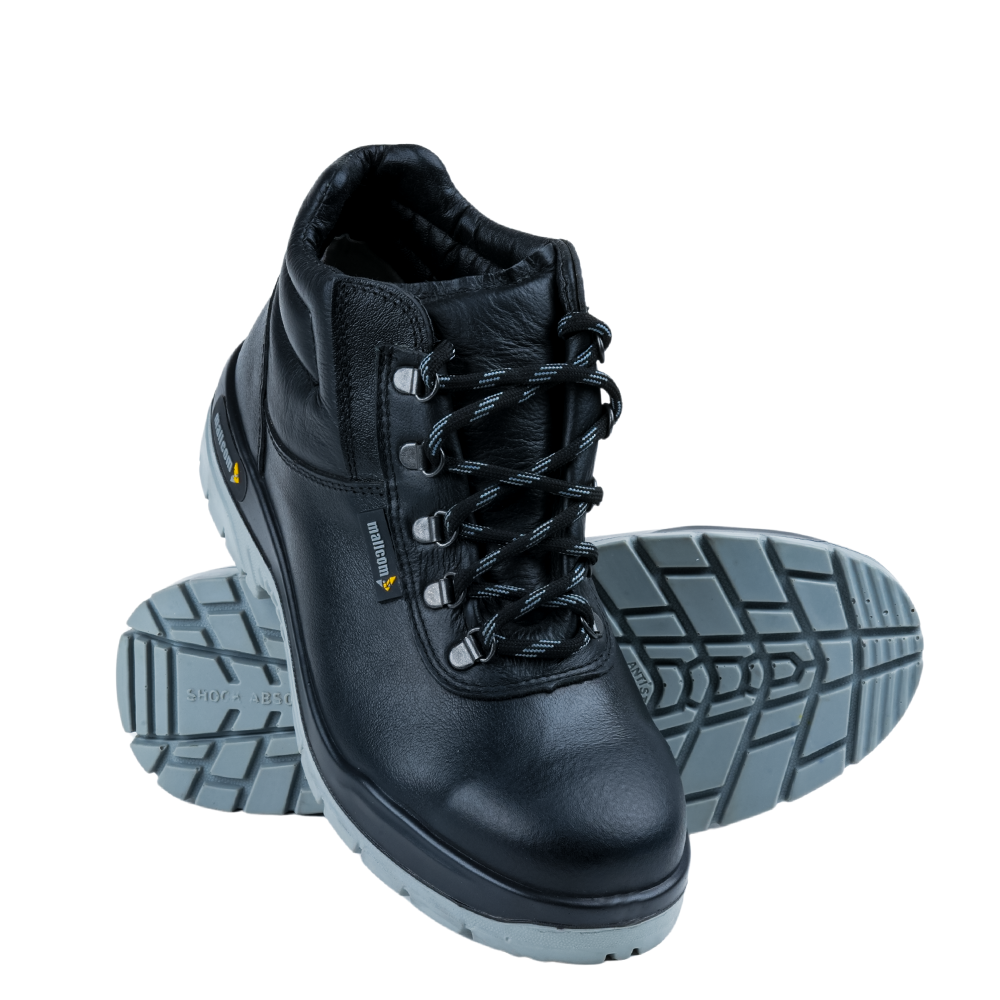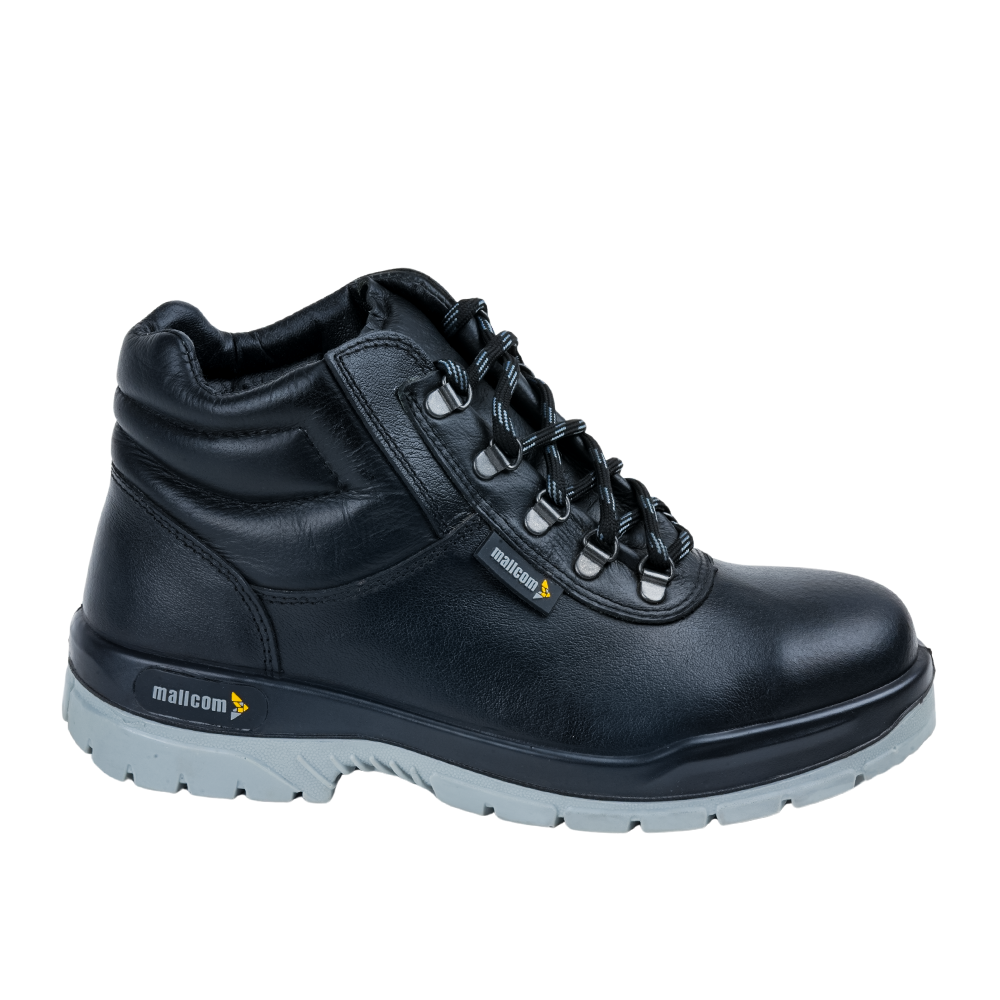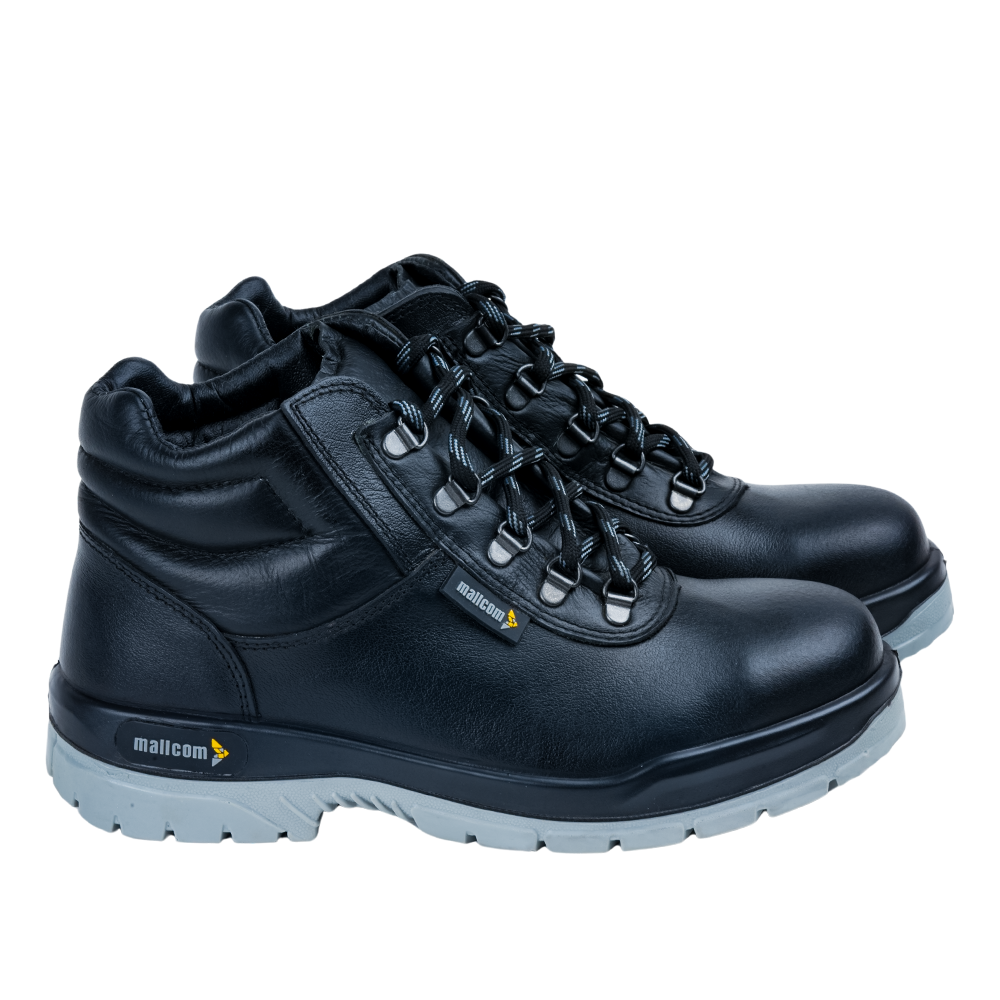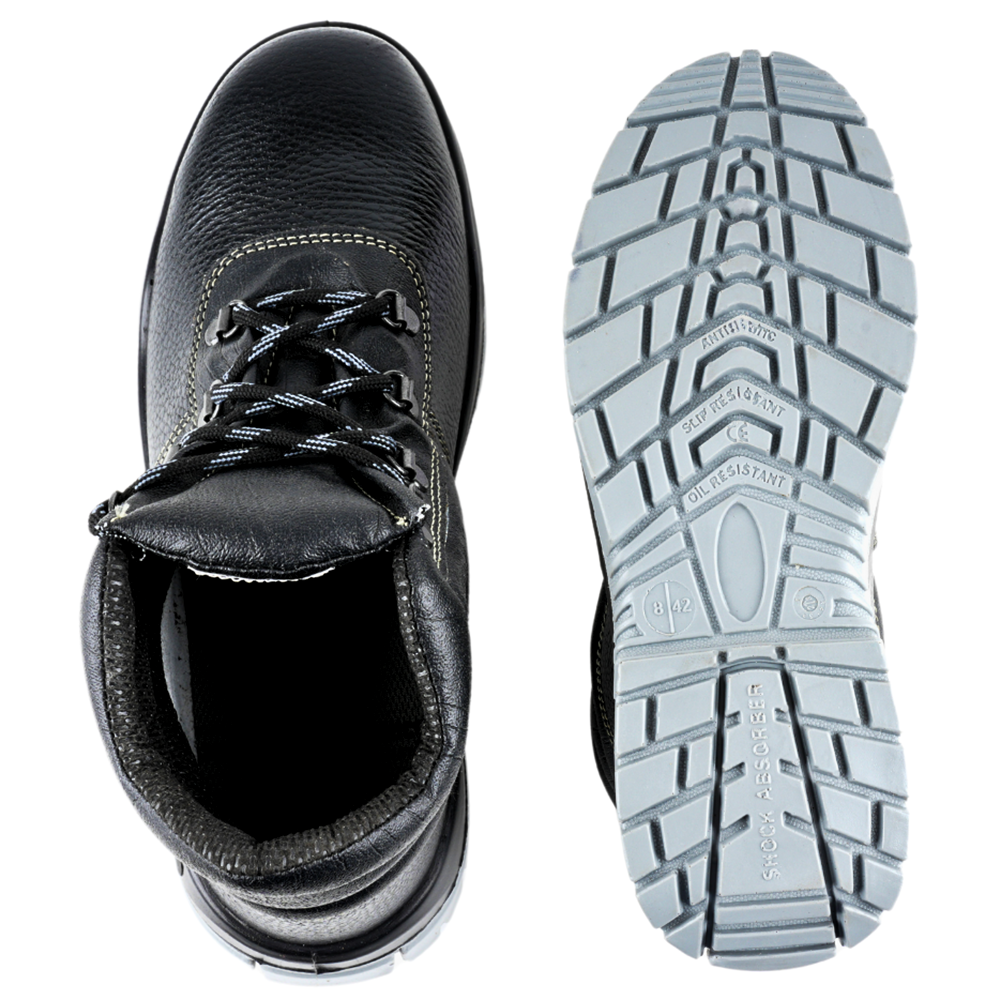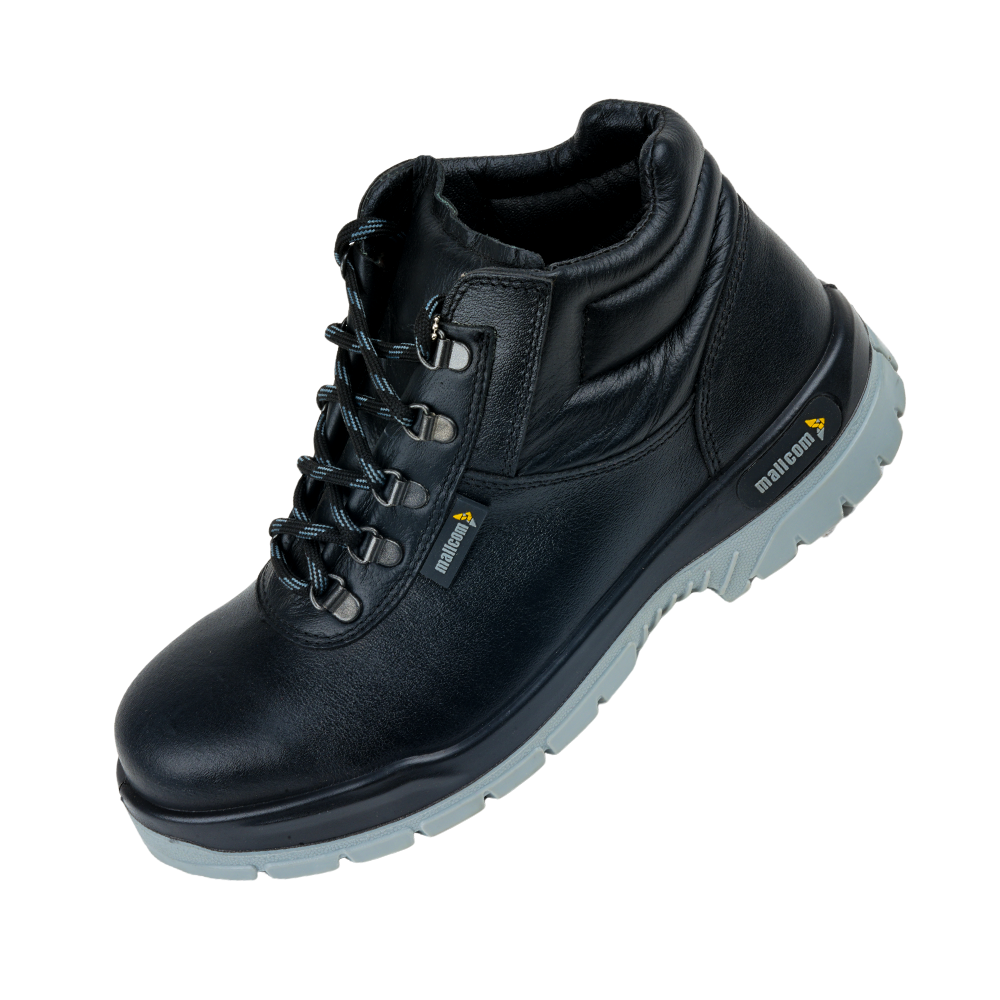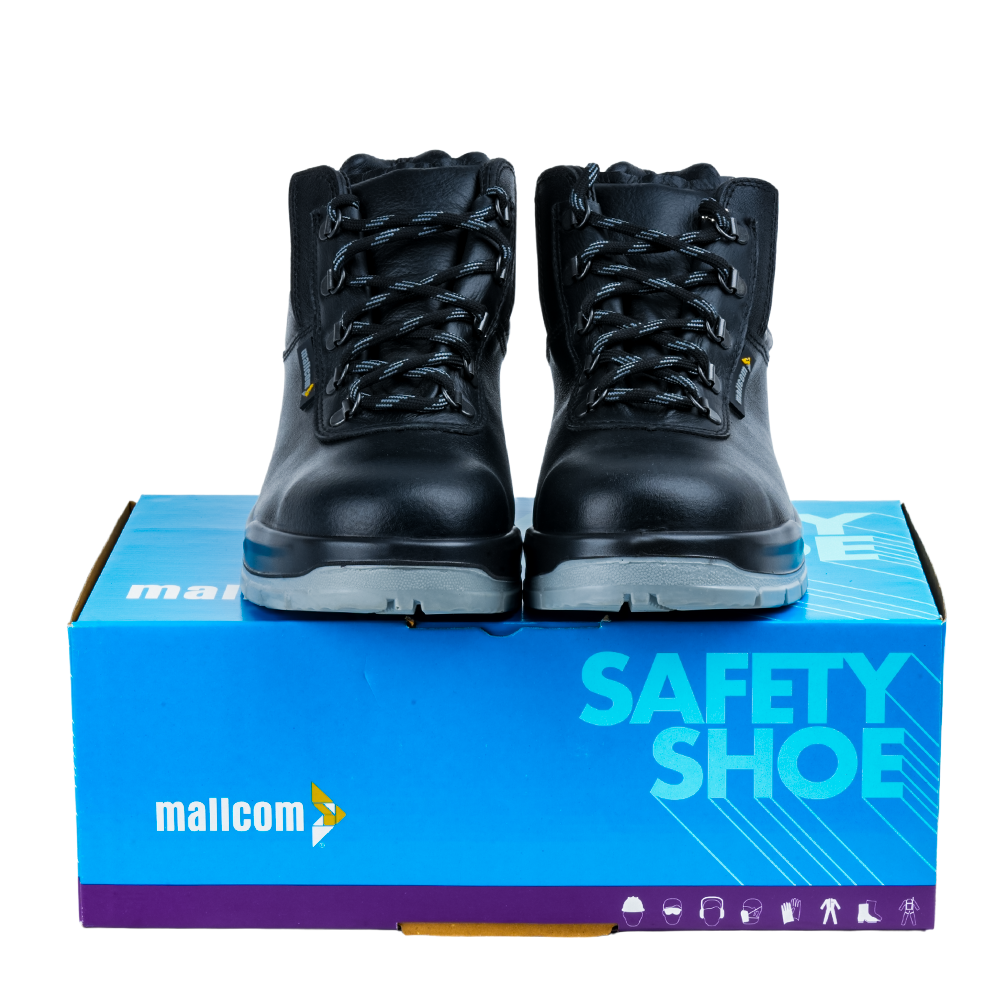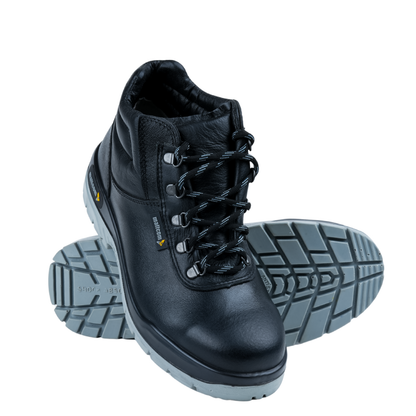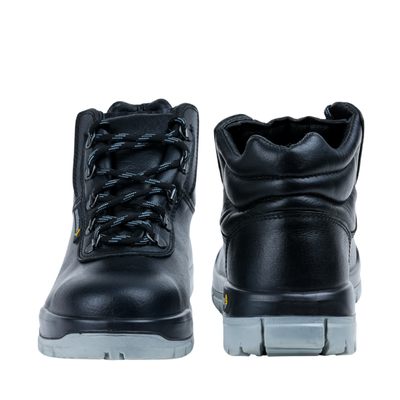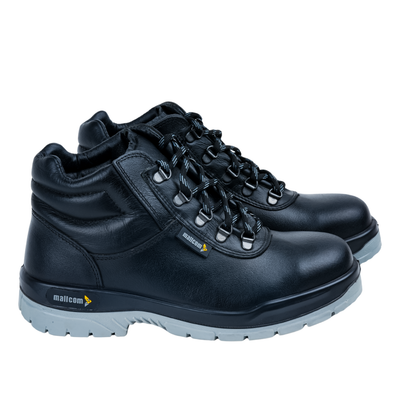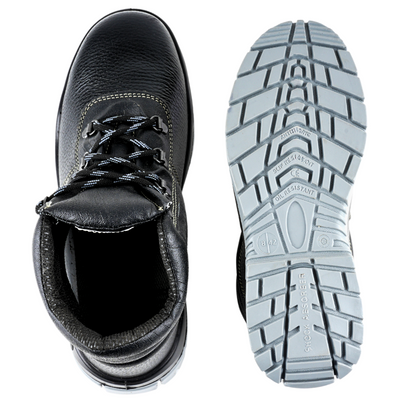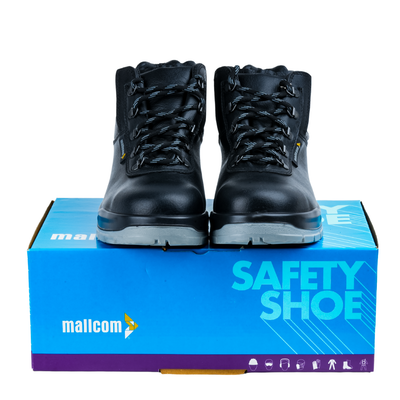HATRICK
Share
High Ankle Leather Boot
- High ankle leather boot made for all major floor work in industrial construction or workfloors to protect from hazards like falling objects or heavy loads.
- Construction of the shoe ensures maximum comfort, ease of use, and longevity
- Upper: Corrected grain leather
- Lining: Split leather synthetic
- Footbed: Polyamide on EVA
- Outsole: Injected double density PU
Oil Resistant
Slip Resistant
Impact Resistant
Anti-penetration
EN 20345:2022
Delivery & Services

Easy Return
with our 15 days return poicy
Regular price
Rs. 0
Sale price
Rs. 0
Regular price
Tax included.
Shipping calculated at checkout.
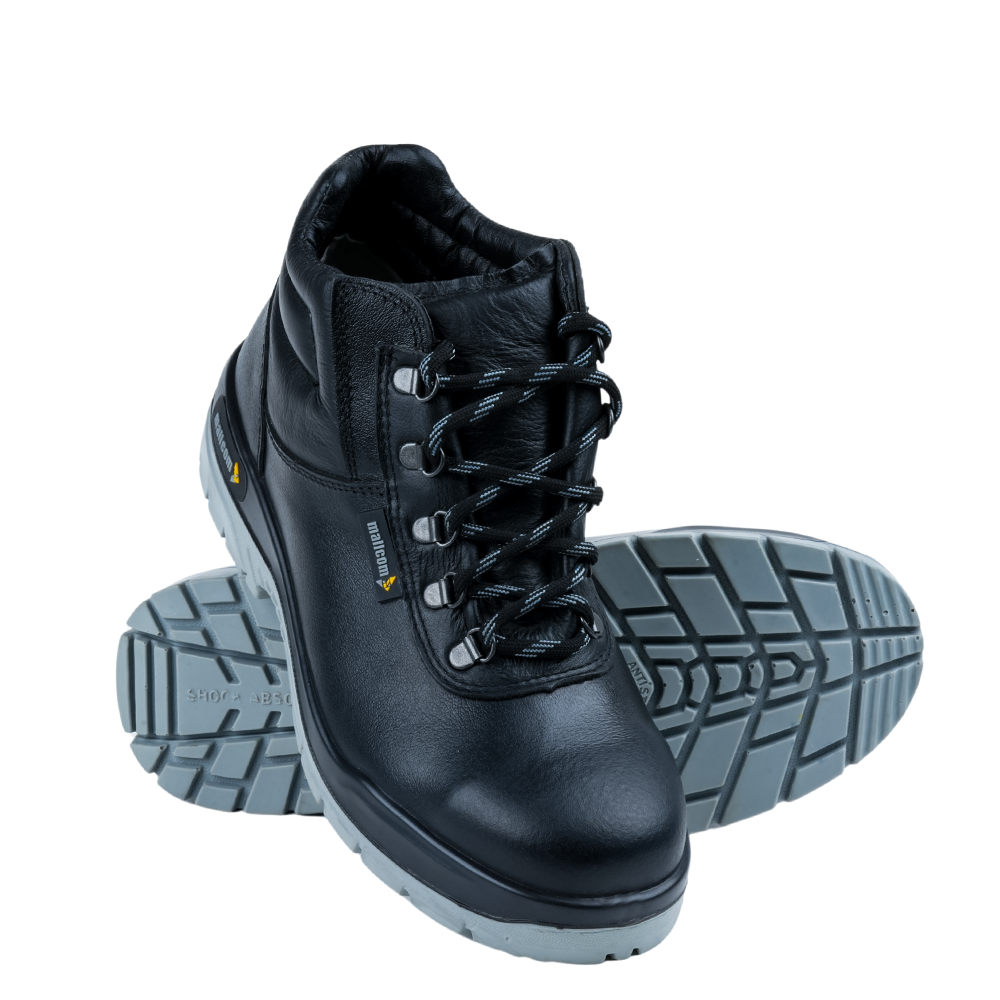
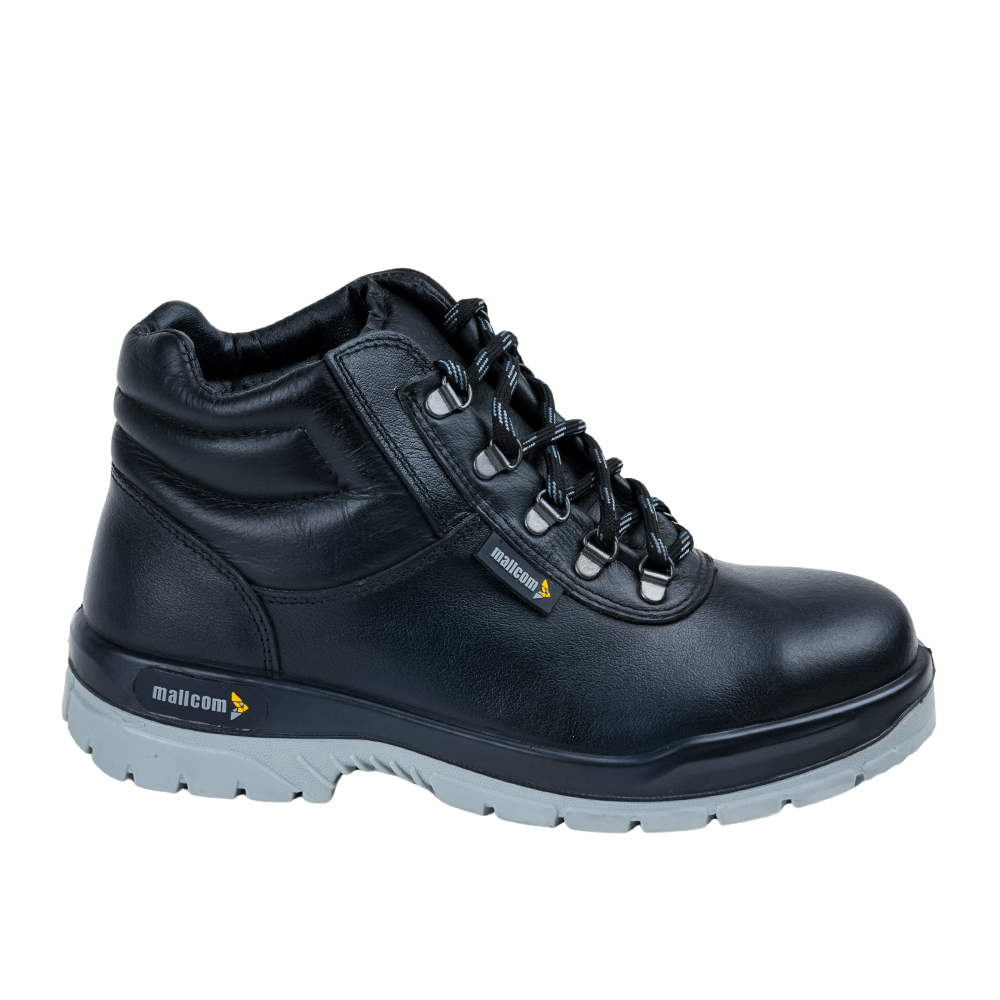
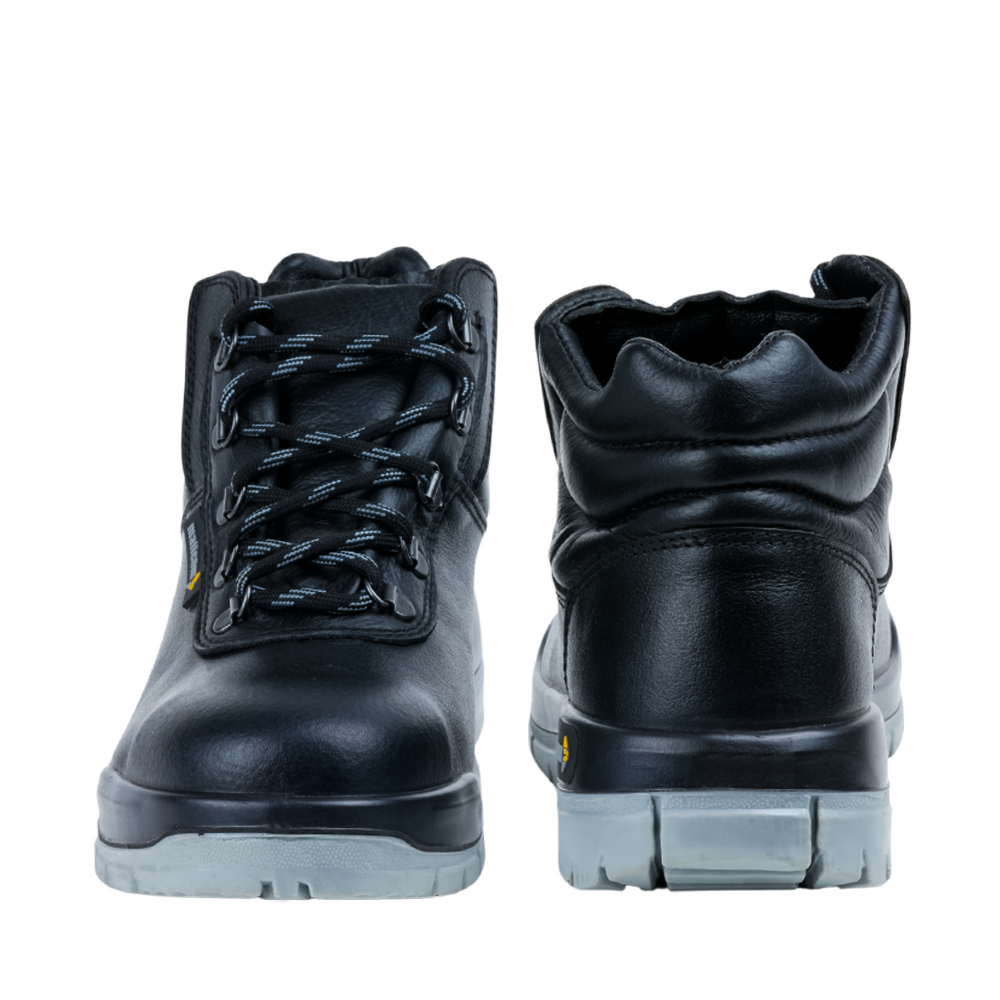
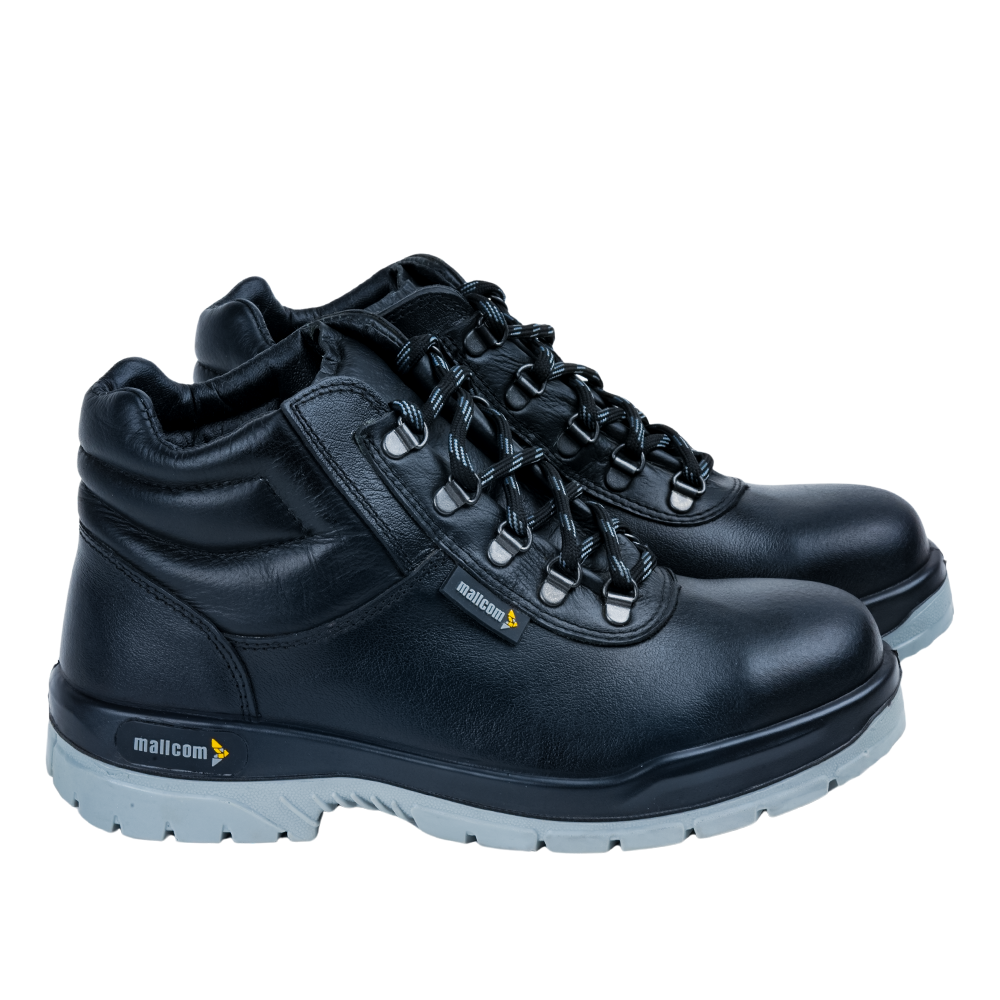

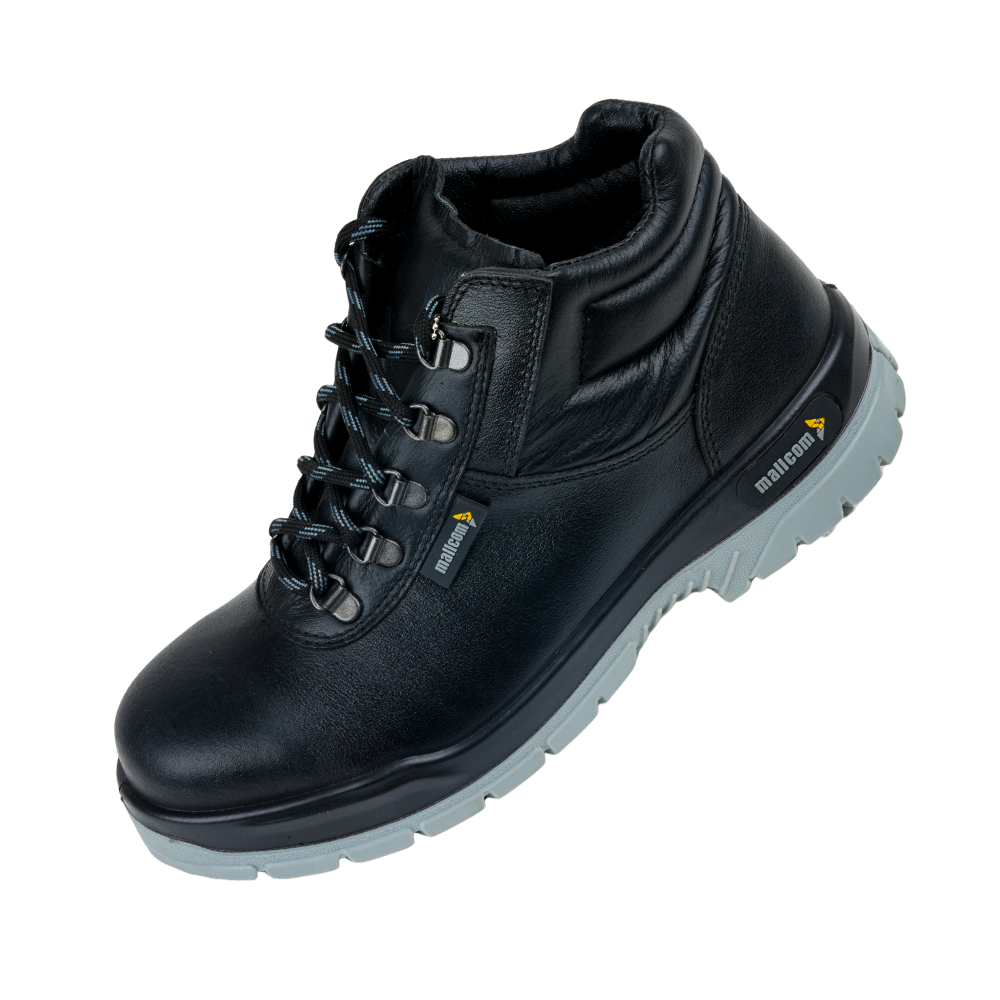
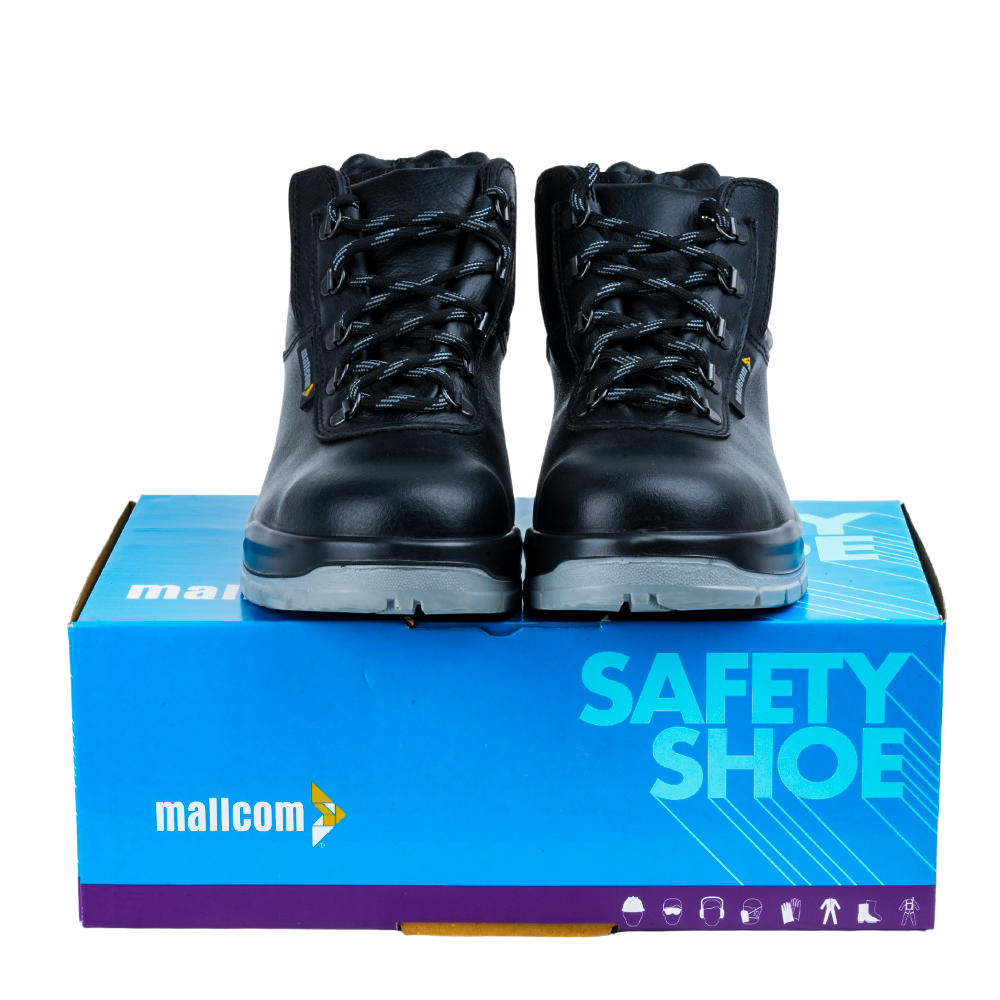
ABOUT THE DESIGN
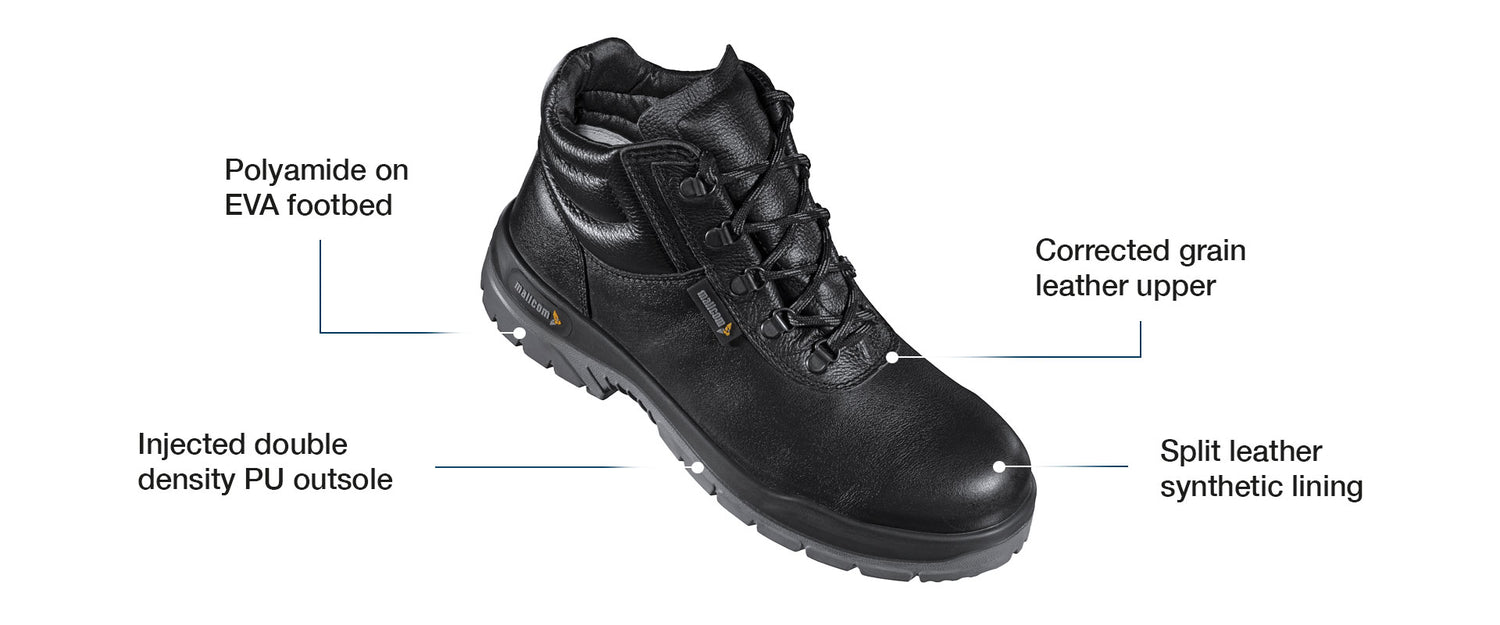
USEFUL IN THESE INDUSTRIES
HEAVY ENGINEERING
IRON & STEEL
OIL & GAS
REPAIR & MAINTENANCE

Product Features
ABOUT THE DESIGN
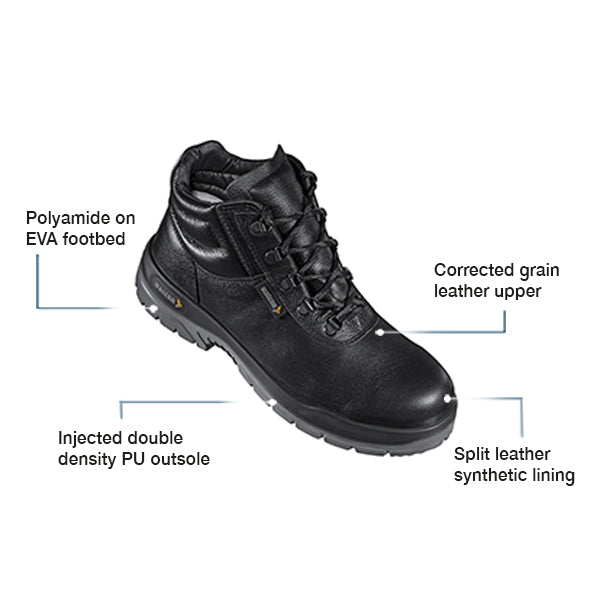
USEFUL IN THESE INDUSTRIES
HEAVY ENGINEERING
IRON & STEEL
OIL & GAS
REPAIR & MAINTENANCE
Product Details



